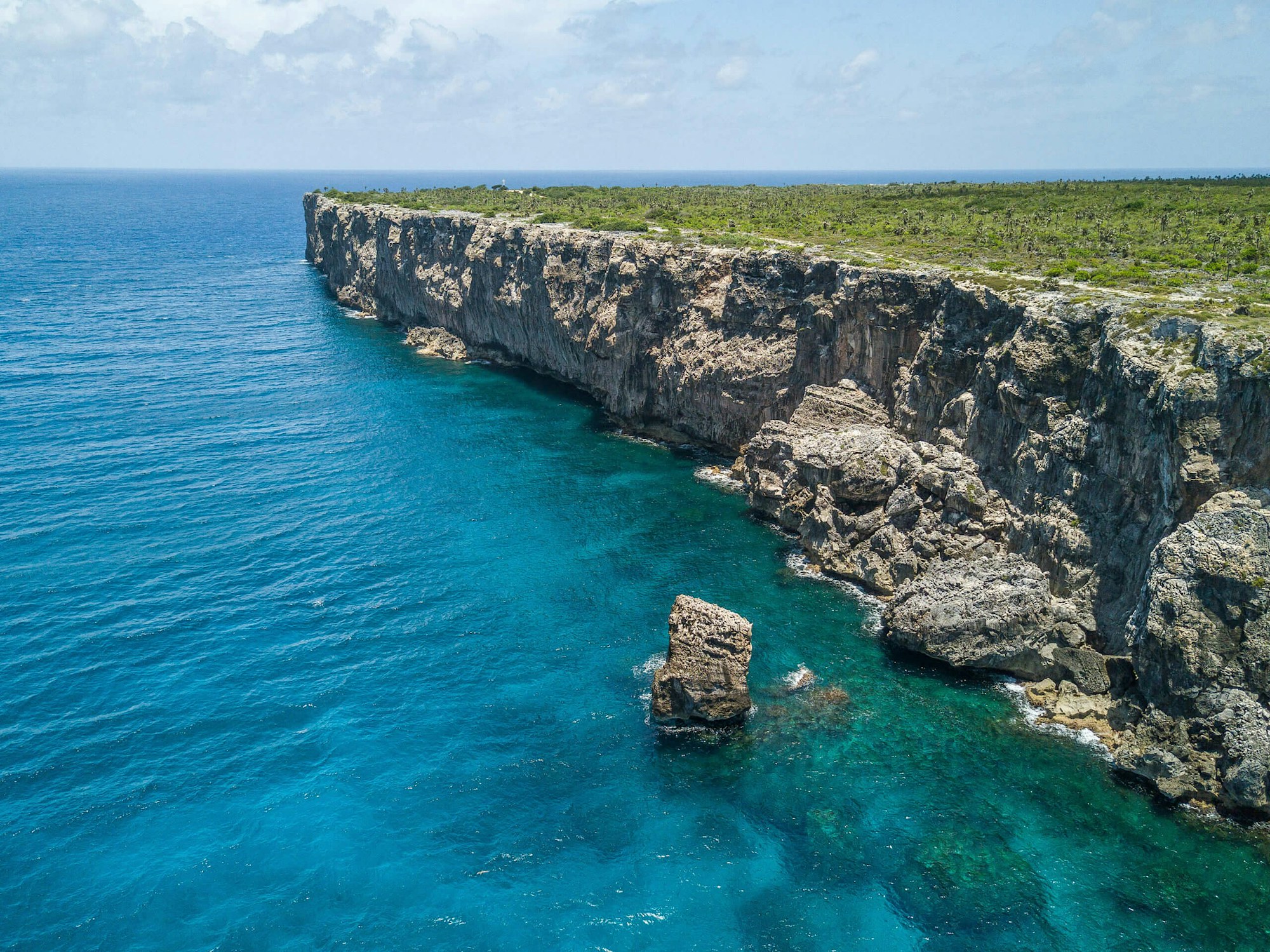
Geography of the Cayman Islands
Learn about the geography of the three islands that make up the Cayman Islands: Grand Cayman, Cayman Brac, and Little Cayman.


The Cayman Islands are made up of three islands: Grand Cayman, the largest and most developed (approximately 22 miles long), Cayman Brac (15 square miles) and Little Cayman (10 square miles). The Cayman Islands lie 480 miles south of Miami, 150 miles south of Cuba and 167 miles northwest of Jamaica.
The Islands are the tops of pinnacles reaching up from the Cayman Trench – one of the deepest sections of ocean in the world, reaching depths of around 25,000ft.
All three islands are very flat, with the highest point on Grand Cayman being some 70ft above sea level.
There are no rivers on any of the islands. The coasts are largely protected by offshore reefs and in some places by a mangrove fringe that sometimes extends into inland swamps.
The islands are located on the tectonic plate boundary between the North American and Caribbean plates. The tectonic plates in Cayman’s region are in continuous lateral movement against each other. This movement, with the Caribbean plate travelling in an eastward direction and the North American plate moving west, limits the size of earthquakes.




